Spain was the most visited country in the world in 2019, and one of the top 2 most visited in the past three years.
With a fascinating history and one of the richest cultures Europe, no matter how many times you visit Spain there’s always something new to discover.
But how much do you really know about it? These interesting and fun facts about Spain will test your knowledge and let you delve just a little bit deeper into this extraordinary country.

Spain's flag.
General Facts About Spain
Total Population of Spain: 46.5 million
Capital: Madrid
Key Cities: Barcelona, Valencia, Seville
Land area: 505,990 km2
Highest Mountain: Mt. Teide – 3,718 m above sea level
Language: Spanish or Castilian
Co-official languages: Catalan, Galician, Basque, Occitan
Official Name: The Kingdom of Spain
Major religions: Roman Catholic
Currency: Euro
Spain Map
Facts About Spain’s History
The Moors Occupied Spain for Eight Centuries
The Moors or Los Moros (Muslims from North Africa), under the lead of Tariq ibn-Ziyad, invaded the Iberian Peninsula in 711 AD and overran the Visigoths. This historic event is known as the Moorish Conquest (‘La Conquista Musulmana’ in Spanish).
In their eight-year campaign, the Moors seized power in most Spanish cities and their occupation in Spain (and Portugal) lasted for around 800 (!) years; consequently, over 4,000 Arabic words (especially those beginning with the letters ‘al’, such as algebra and alcohol) and Arabic-derived phrases were absorbed into the Spanish language.
The Spanish people managed to regain control over the region in a very gradual manner from north to south - the south being the final territory to be taken back by the Spaniards, specifically the area of Granada.
This period in Spanish history is known as the Reconquista, and it ended in 1492. La Reconquista Española is widely celebrated in festivals of all kinds around the country.
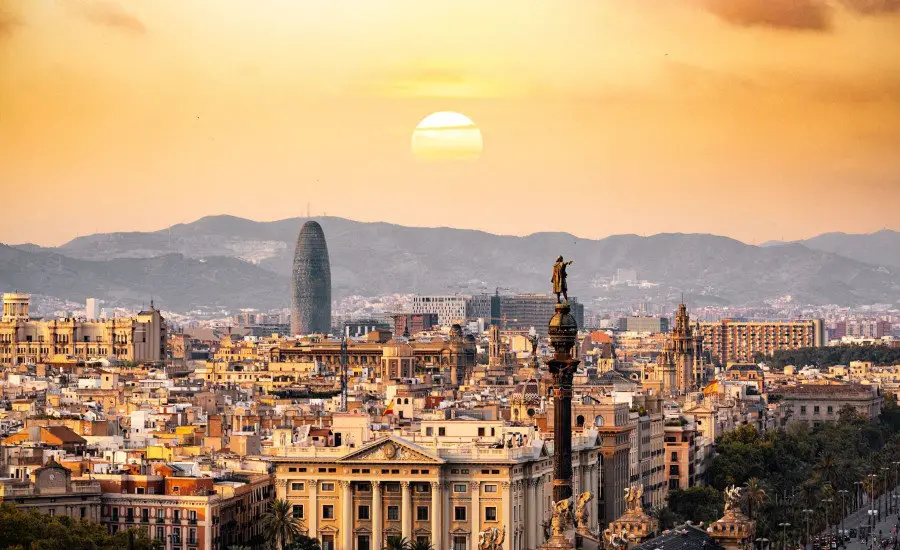
They Left Their Mark across the Country
After almost 800 years of Moorish rule, it is not surprising that Spain - particularly in the south - has a great Arabic presence.
While Spanish forces gradually re-conquered different regions throughout the course of the subsequent centuries, the Moors worked hard to left their stamp on the country.
Their influence can be appreciated on many historic buildings, the language and the overall Spanish culture.
… And Contributed to its Developing
This is one of the most interesting facts about the history of Spain, probably because many European historians have painted the Moors in a negative way.
In reality, they were a modern civilization and their contributions to the European society and the rest of the world are innumerable.
For example, the Moors advance the fields of Astronomy, Chemistry, Geography, Mathematics, Philosophy, and Physics.
During their rule, Cordoba (the most important Moorish stronghold) was the most modern city in Europe. The streets were well-paved and illuminated by lamps, hundreds of years before there was a paved street in Paris or public illumination in London.

Seville architecture
Additionally, education was universal, available to all, while in Christian Europe 99% of the population outside of Moorish Spain was illiterate, and even kings could neither read nor write.
At that time, Europe had only two universities, while there were over 70 in Spain. Some of the most famous ones were located in Almeria, Cordoba, Granada, Juen, Malaga, Seville and Toledo.
They were also a clean-conscious society, and made it popular to take regular baths in order to promote proper hygiene. Moreover, they introduced the idea of using perfumes to hide odors, salt to wash your hair, diving meals into courses and shaving for men.
They influenced things such as music, fashion, hairstyles, and furniture, too.
The Spanish Inquisition was Brutal and Spread Fear Across Europe
With its large Muslim and Jewish populations, medieval Spain was the only multiracial and multireligious country in Western Europe, and much of the development of Spanish civilization in religion, literature, art, economy, politics and architecture during the Middle Age stemmed from this fact.
By the late 14th century, however, the status of Muslims and Jews in Christian Spain began to change.
The monarchs restricted their rights and privileges, and the devastation caused by the Black Death led to increased popular hostility, as many believed that the plague was a plot devised by them to destroy Christianity.
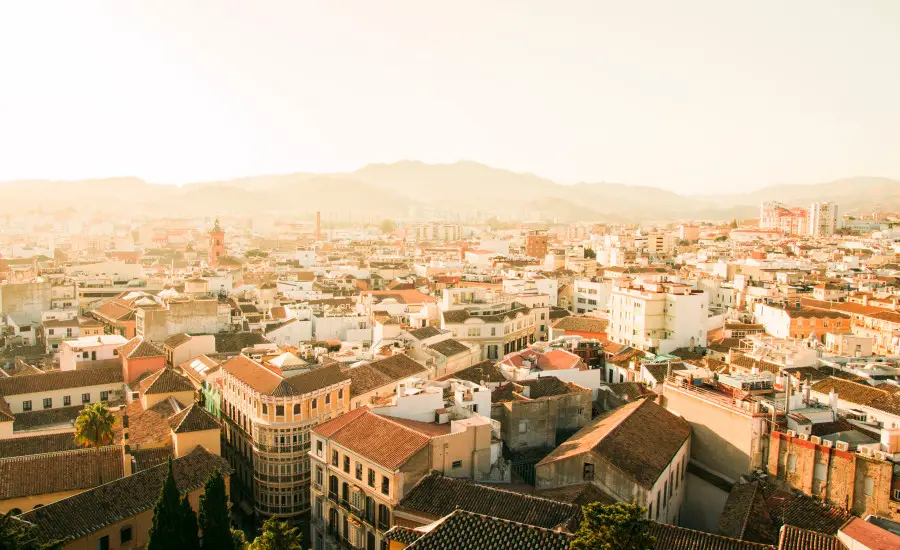
Their crescent economy power and prosperity also inspired jealousy between the ‘old Christians’, who were already questioning the sincerity of their conversions. Ferdinand and Isabel, ever good tacticians, profited from this feeling.
On November 1st, 1478, the Pope Sixtus IV issued the order of the Monarchs and gave them power to initiate the Spanish Inquisition, in order to discourage strong outward belief of other religions.
Anyone who was not loyal to the Roman Catholic Church was in danger of being called a heretic and expelled or, even worst, put to death by being burnt at the stake in front of the crowds. Most trials ended with the defendant simply giving up his beliefs and being let go.
The Spanish Inquisition, which is usually associated with horror, fanaticism and bigotry, was finally disbanded three centuries and a half later, on July 5th of 1834, after Spain declined their influence.
According to some historians, the number of ‘heretics’ executed totaled nearly 32,000. But this is only an estimate as no one is quite sure about the exact number.
Explorer Christopher Columbus Discover the ‘New World’ by Mistake
For nearly a decade, Christopher Columbus (Cristóbal Colón) lobbied European monarchies to sponsor his expedition to discover a western sea route to Asia.
In Portugal, England and France, the response was the same: NO! The experts told Columbus his calculations were wrong and that the journey would take much longer than he was expecting.
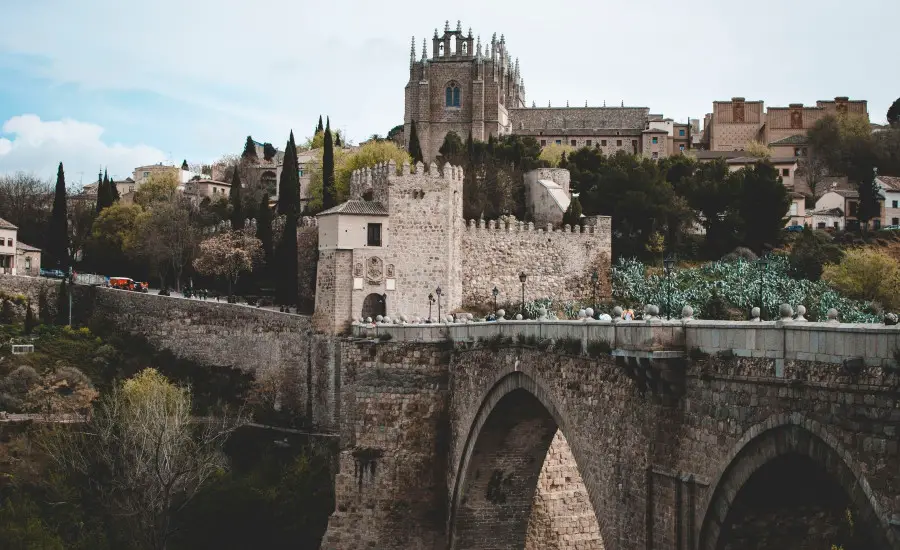
Toledo
Royal advisors in Spain raised similar concerns to King Ferdinand and Queen Isabella, but they trusted in Christopher’s promises and paid him to explore the west in search for a new route to India.
Turns out the naysayers were right. Columbus dramatically underestimated the earth’s circumference and the size of the oceans. Luckily for him, he ran into the uncharted Americas. His mistake made Spain one of the richest nations in the world for a time.
The date when Columbus arrived unexplored lands (12 October, 1492) is commemorated every year in Spain. This celebration is called La Fiesta Nacional de España.
There are lots of parades, and the King of Spain always takes part in the festivities that are held in Madrid, which is of course one of the places of interest in Spain.
The tomb of Christopher Columbus is situated in La Catedral de Sevilla (Seville Cathedral) in the region of Andalucía. It is held by the statues of four kings, each representing a kingdom of Spain – León, Castilla, Aragón and Navarra respectively.
Officially, Spain Didn’t Participate in the World Wars
One could possibly think that most European nations, if not all, were involved in these conflicts, but the truth is that Spain, just as Sweden and other countries, remain neutral in WWI and WWII.
Only volunteers and exiled fought on either side. The country had also abstained from the turbulent political scene of pre and post-war Europe. This is only because they were having their own troubles.
During 1936 and 1939 Spain experienced a civil war which killed over 500,000 (!) people.
La Guerra Civil Española (The Spanish Civil War) was an armed conflict between the Republicans and Nationalists, and it’s often referred to as a ‘dress rehearsal’ for WWII.
The victorious General Francisco Franco ruled as a cruel dictator until 1975, when he died at the age of 82. After his death, Spain began to transform itself into a modern, industrial, and democratic European nation.
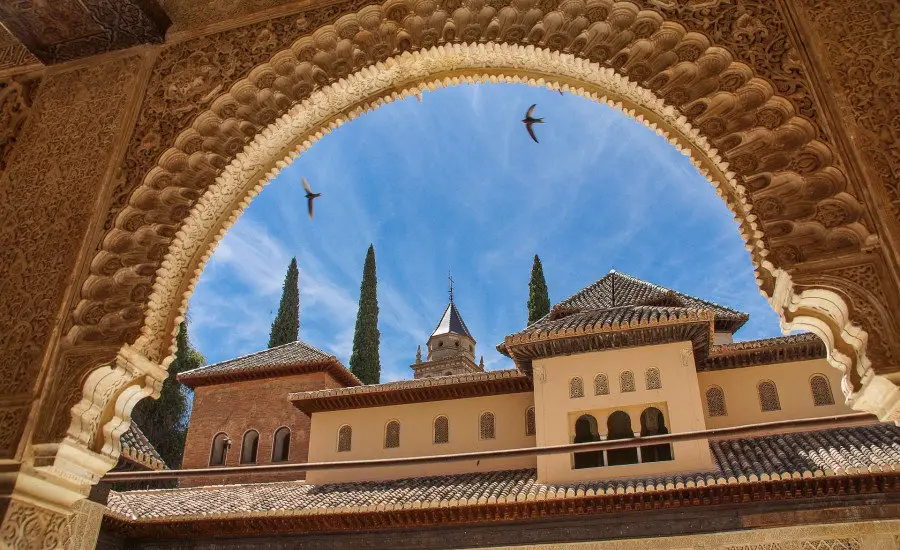
Spain has +40 World Heritage Sites
Spain boasts 48 UNESCO World Heritage Sites and 18 UNESCO Intangible Cultural Heritage Elements.
This places Spain among the top three countries in the world by the number of UNESCO listed items. These sites range from pre-historic rock art and natural landscapes to historic cities and buildings.
The historic Roman Aqueduct situated in Segovia, for example, it’s part of this list, and it remains as one of the most well-preserved Roman aqueducts still in existence in the world.
It actually supplies water to the city, despite being constructed in the 1st Century AD. If you want more information about Spain’s cultural and historical heritage you can see the full list here or visit the UNESCO official website.
It Worked as a Natural Refuge during the Final Ice Age
The Iberian Peninsula was one of several refuges during the last ice age. This was possible because most of Spain’s territory was spared of the glaciers which covered northern Europe.
The inhabitants of Spain thus largely repopulated the continent. Additionally, the flora that was wiped out across Europe survived in Spain, which has over 7,000 plant species, with 2,000 of them being unique to the country.
The First ‘Novel’ is Attributed to a Spaniard
One of the greatest Spanish writers was Don Miguel de Cervantes Saavedra, known simply as Cervantes.
He wrote novels, plays and poems but his most famous work was El Ingenioso Hidalgo de Don Quijote de la Mancha (1605). Every year, there’s a celebration in Cervantes' home town to celebrate the writer's birth.
This period is called la Semana Cervantina - people dress up in 16th century clothes and there are markets selling goods in the style of around 500 years ago.
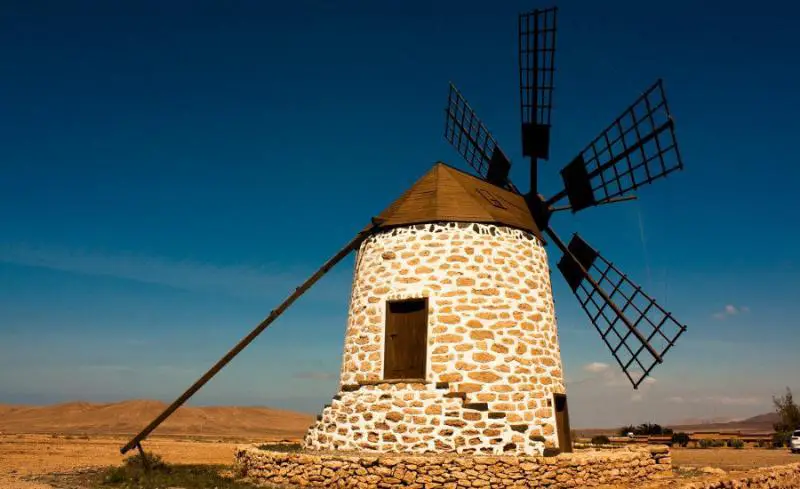
Windmills in Castille, where Don Quijote endured his adventures.
Fun Facts About Spain Culture
Religion is Important
In the days of yore a whopping 98% of Spain’s population used to be devoted Roman Catholics. Nowadays, these figures have drastically dropped to less than 40%, but that doesn’t mean religion isn’t an important part of Spanish culture.
The number of people volunteering in and attending important religious fiestas like those that take place during Holly Week is certainly a testimony to that.
It’s obvious that religion and culture go together and even those who aren’t practicing Catholics tend to still celebrate and enjoy the traditions that stretch back hundreds of years.
Enjoying Life is a Big Part of the Spanish Culture
A cool fact about Spain is that they love to chill out, and who doesn’t? But this easy-going lifestyle takes a whole new meaning in Spain. Rushing around from place to place is not very fashionable in their culture.
It seems that everything in Spain happens a little bit later than we’re used to, like having lunch at 2pm, or being sure not to show up to a party before midnight.
According to the 2013 OECD report, Spaniards devote roughly 16 hours out of every 24 to leisure, eating, drinking or sleeping, so it’s very likely their laid back lifestyle has something to do with the Spanish proclivity for living long, healthy lives.
It’s perhaps also why both food and wine is very important as well as the family.
Of course, this doesn’t mean that Spanish people are lazy; it’s just that they value their free time and will not work to death as in many other countries.
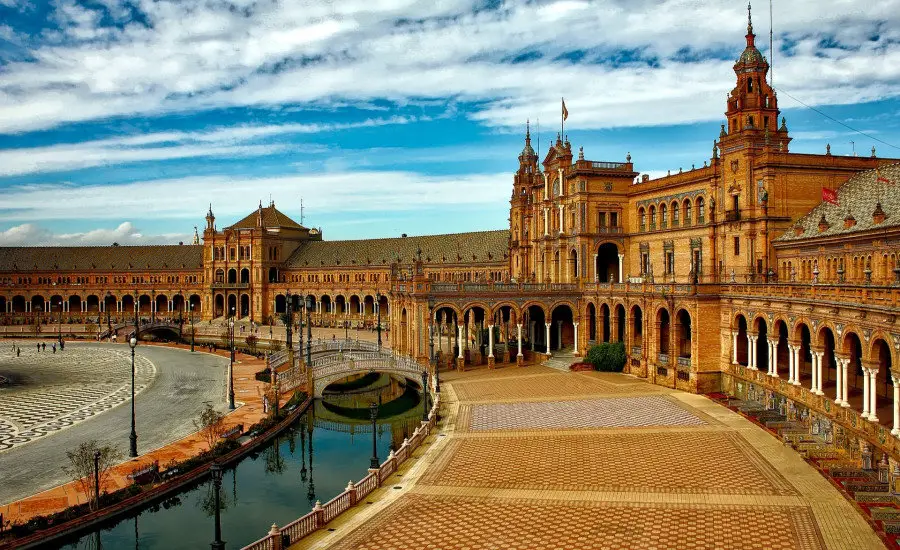
Spain has one of the World’s Most Diverse Cultures
One of the most interesting things about Spain is their vast and diverse culture. You can experience a great mix of uniqueness and traditions throughout the different regions.
Spaniards come from several folk groups that have been united into one nation, so we can expect that each one has strong identities of their own.
Some of them even have a separate language and are currently searching for their independence from Spain, such as Catalonia and Basque.
Spain has produced some of the World’s Greatest Artists
Spain has a prestigious art scene, where notable artists such as Diego Velázquez, Francisco José de Goya, Joan Miró, Salvador Dalí and Juan Gris are well-known.
The most famous, however, is Pablo Picasso, whose catalog includes thousands of paintings, engravings, prints, book illustrations, ceramics and sculptures.
Here’s a fun fact: Picasso’s full name was very long indeed - Pablo Diego José Francisco de Paula Juan Nepomuceno María de los Remedios Crispiniano de la Santísima Trinidad Ruiz Picasso.
The best places to admire Spanish art are the museums. El Museo del Prado, for instance, has an incredible collection of iconic masterpieces, and it is actually celebrating its 200° anniversary.
The Spanish Are a Tolerant Society
According to a survey conducted in 2010, 80% of Spanish citizens claimed that gay, lesbian, and any other individual who doesn’t fall under the ‘standard’ when it comes to gender identity and sexual orientation, has the right to live their lives as they please without being judged, compared to less than 40% of Croatians, Lithuanians and Russians.
Same-sex marriage has been legal in Spain since 2005.
Spain is the Country of Fiestas
Spain is home to some of the craziest, weirdest festivals in the world, including the biggest tomato fight (La Tomatina) where over 150,000 tomatoes are thrown, and the world’s oldest fiesta (La Romeria de Nuestra Señora de la Cabeza) which has been going strong for over 800 years.
Did I mention El Colacho? It’s a festival that involves jumping (?) over real babies.
Or how about the Fallas in Valencia? Huge statues of wood and cardboard are burned on March 19th every year.
There is no lack of unusual activities to take part in Spain. But if you like the unusual you’re bound to have lots of fun in Spanish fiestas.
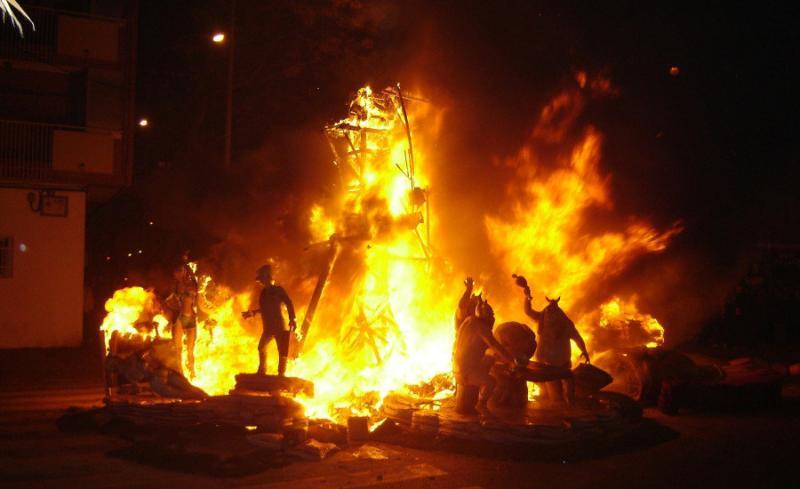
The Most Popular Type of Music is an Intangible Heritage of Humanity
Flamenco is a musical and dance genre of Andalusian origin. It is well-known for its great emotional intensity and is distinguished by its flamboyant moves, energetic tapping, and guitar strumming.
Controversial Bullfighting is Considered a National Sport
The sport of bullfighting is officially called tauromaquia, and in some areas of Spain is still considered 'a cultural heritage'. In the 11th century, it was originally an activity for aristocracy, but over the years anyone who showed the necessary aptitude was given the opportunity to prove their courage in las corridas.
Nowadays, more and more people disagree with this kind of contention, including regions of Spain such as Catalonia and the Canary Islands, as they consider it an act of animal cruelty.
Fun & Interesting Facts About Spain's Government
Spain Still Has a King
Just like Sweden and the United Kingdom, Spain has a king, and is actually one of the oldest constitutional monarchies in the world. His Majesty the King is still the head of state, but with little to none power over the country’s laws and regulations.
The current King of Spain since 2014 is Felipe VI. He was preceded by his father Juan Carlos I, who inherited the position from General Franco.
Spain was once a Number of Separate Kingdoms with Different Languages
They were unified in the 15th century after the marriage of Ferdinand II of Aragon and Isabella I of Castile. These kingdoms became the basis for many of the different regions in modern Spain.
Spain is one of the Most Decentralized Democracies in Europe
Today, there are 17 autonomous communities (15 are part of continental Spain and the other two are the Canary and the Balearic Islands), and two city enclaves of Ceuta and Melilla in North Africa. Each region manages its own schools, hospitals, and other public services. This makes Spain possibly the most decentralized country in the world.
Facts About Spain Food
Spain is the World’s Largest Olive Oil Producer
Spain is responsible for producing about 45% of the world’s total olive oil. Moreover, 84% of production comes from the region of Andalusia, more precisely the province of Jaén.
If you are in the area, you should definitely visit a mill and do an olive oil tasting. Surprisingly, Italy is actually a net importer and much of your supermarket ‘Italian’ olive oil is produced under Spanish sun.
And the World’s Largest Wine Exporter
This might be because Spanish wine is way more affordable than Italian and French wines. Spain is also the second-largest producer of wine in the world - so it doesn’t come as a surprise that over 1 million hectares of the country is dedicated to winemaking.
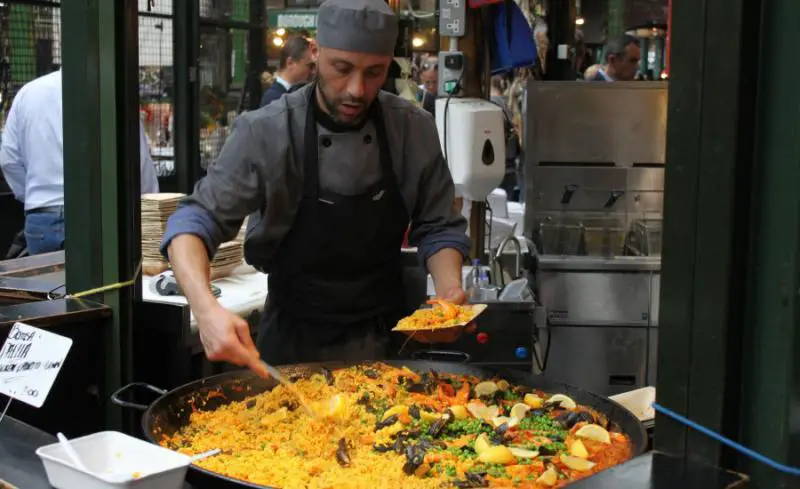
Paella is Spain’s National Dish
La Paella originates from Albufera, a freshwater lagoon located near to the area of Valencia. It comprises in a mix of saffron rice, meat, seafood and vegetables.
It’s cooked in a very big pan called ‘paellera’ and is often served outside in the open air as part of a picnic or day trip.
In fact the dish is so representative of Spain that I ate a paella in Mexico's highest mountain (at 5,700m, roughly 18,000 ft) and appeared in Spain's national television. Read about my adventure or watch my TV appearance.
Fun Facts About Spain: Soccer
Football is their Second Religion
Fútbol (football) or soccer is Spain’s national sport and easily the country’s most important spectacle. Spanish football fans are among the most dedicated and fervent of Europe, matched in their fanaticism only by the Italians.
‘La Furia Roja’ Won the World Cup in 2010
Spain won their first world cup in 2010 in South Africa, when they advanced to the final for the first time ever by defeating Germany 1–0. The final game was against the Netherlands and Andrés Iniesta scored the match's only (and winner) goal.
It Has One of the Most Famous Football Leagues
The Spanish league (La Liga BBVA) is one of the most competitive in Europe, and the major Spanish clubs enjoy considerable success in European competitions, such as the UEFA Champions League. They also compete in the Spanish Cup (Copa Del Rey) and the European Cup (Europa League)
…And Teams
Real Madrid, FC Barcelona, Atlético de Madrid, Sevilla FC, Athletic Club de Bilbao and Valencia CF are always disputing the first places at the league’s positions table.

Spanish Language Facts
More than 437 Million People in the World Speak Spanish as a Native Language
This makes Spanish the second most spoken language by the number of native speakers, after Chinese.
There are 21 Countries that have Spanish as the Official Language
Spanish enjoys official language status in 21 countries across Europe, Africa, Central, North and South America, making it a very important global language.
Spanish Has Long Sentences
When you translate from English to Spanish, your text is likely to expand by 10-25%. The reason for this expansion lies in the fact that Spanish is more a detailed, poetic and expressive language. It thus uses more words to describe something that English would probably sum up into just a few or even one word.
Facts About Spain for Kids
Spanish Kids Don’t Believe in the Tooth Fairy
There’s no tooth fairy in Spain as this job falls to a sweet little mouse, better known as Ratoncito Pérez. He comes during the night and exchanges the teeth under the pillow for a gift or money.
The “Sistine Chapel” of Cave Painting was Discovered by an 8-year old Girl
It was the curiosity that took María Sanz de Sautuola to the unexplored Cave of Altamira, nicknamed the “Sistine Chapel” of Prehistory. With only eight years, she discovered the valuable cave paintings when she accompanied her father, Marcelino Sanz de Sautuola.
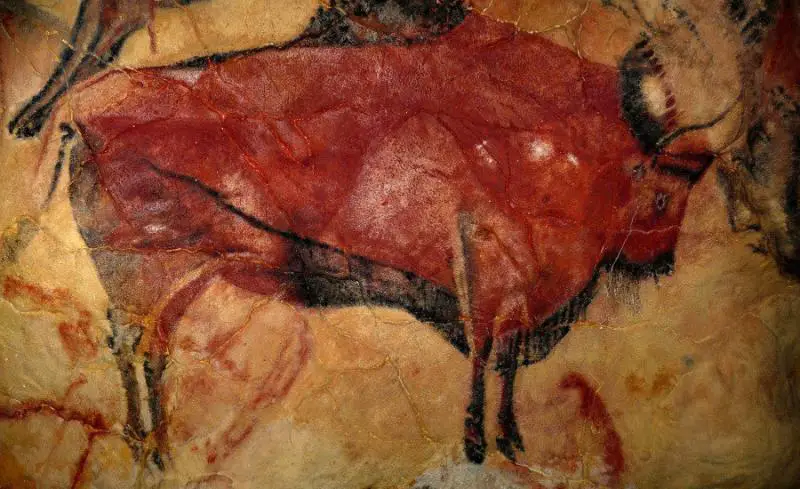
This is the most famous of the paintings in Altamira, and the one Maria discovered.
While he remained in the mouth of the cave, little Maria went deep into it until she reached a room where she saw the paintings. Then, she ran to tell his father and exclaimed ‘Look, dad… painted oxen!’ This was the first painted cave acknowledged as dating all the way back to the Paleolithic.
Other Fun Facts About Spain
- Christmas lottery has the world’s biggest payout (€2,240,000,000)
- There’s a tradition that you should eat 12 grapes in New Year’s Eve
- It has a National Anthem with no words
- Spain has the most bars in Europe
- Public nudity is legal
5 Facts About Spain’s Geography
- It has over 8,000 Km of beaches
- It is the second biggest country in the EU – only behind of France
- Spain is one of the most mountainous countries in Europe
- It has Atlantic and Mediterranean coastlines
- You can find the exact center of Spain in Madrid’s main square Puerta del Sol.
